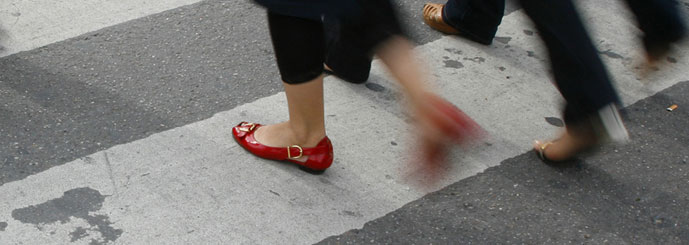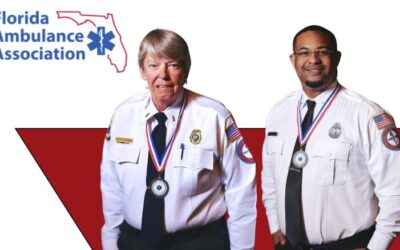While walking in Pinellas County can be fun and practical, it can also be dangerous.
The Tampa-St. Petersburg-Clearwater area has been named the nation’s second most dangerous place for pedestrians (only the Orlando metro area is more dangerous). As a whole, Florida has the highest rate of pedestrian deaths in the entire United States.
Agencies and citizens’ groups at the local and state level are working to increase pedestrian safety by adding sidewalks and improving street lighting and signs. Those changes help, but changes YOU can make will help even more.
Whether you walk for exercise, as a way to commute to work or school, or simply to marvel at the local wildlife, here are a few tips to help you stay alert and stay alive:
Never Assume That a Car Will Stop for You
You cannot be certain that a car will avoid you or stop for you if you are in the roadway. Maybe the driver is distracted by his or her cell phone. Maybe the driver is eating a cheeseburger with one hand and tuning the radio with the other. Maybe the driver simply cannot see you because of darkness, weather conditions, or your position in relation to the driver’s car. You cannot avoid what you cannot see.
A special note for our area: tourists flock to Pinellas County beaches every year by the thousands. Because these drivers are generally unfamiliar with the local roads, some may end up focusing too much on directions, maps, or simply wondering “are we there yet?” to notice you.
Obey Traffic Signals
Crosswalks, “walk” and “don’t walk” signals, and traffic lights exist for your safety. Always cross at crosswalks, and always wait for the walk signal. Never hurry across a road with the idea that you can “beat” the car heading toward you. The consequences can be deadly.
Use the Sidewalk
Whenever possible, walk on sidewalks. You may want to plan ahead and choose the route that provides the most sidewalks. If you must walk on a road without a sidewalk, the National Highway Traffic Safety Administration recommends that you walk facing oncoming traffic. That way, you will have a clear view of approaching cars.
Be Aware of Your Surroundings
“Distracted walking” can be just as dangerous as distracted driving. Pay attention to your route, the cars around you, and all traffic signs. If you have ear buds or headphones on, take them off and look both ways before crossing the street – you can’t hear a car if your music is blocking the sound around you.
Although your mobile phone can be an asset in an emergency, it can be a dangerous distraction while you walk. If you are looking at your phone screen, you are not paying attention to your surroundings. Texting, web surfing, or updating your Facebook status can wait until you arrive at your destination.
Be Extra Careful Walking at Night
Nights tend to be more dangerous for pedestrians because the darkness limits sight distance and clarity for walkers and drivers alike. Stay in well-lit areas whenever possible and wear light-colored reflective clothing.
Avoid Alcohol and Drugs
Alcohol or drug use – on the part of a driver or a pedestrian – makes it more likely that the pedestrian will be seriously injured or killed in an accident. If you are intoxicated, your safest option is to use a designated driver, call a cab, or take public transportation. This could save your life and the lives of others.



